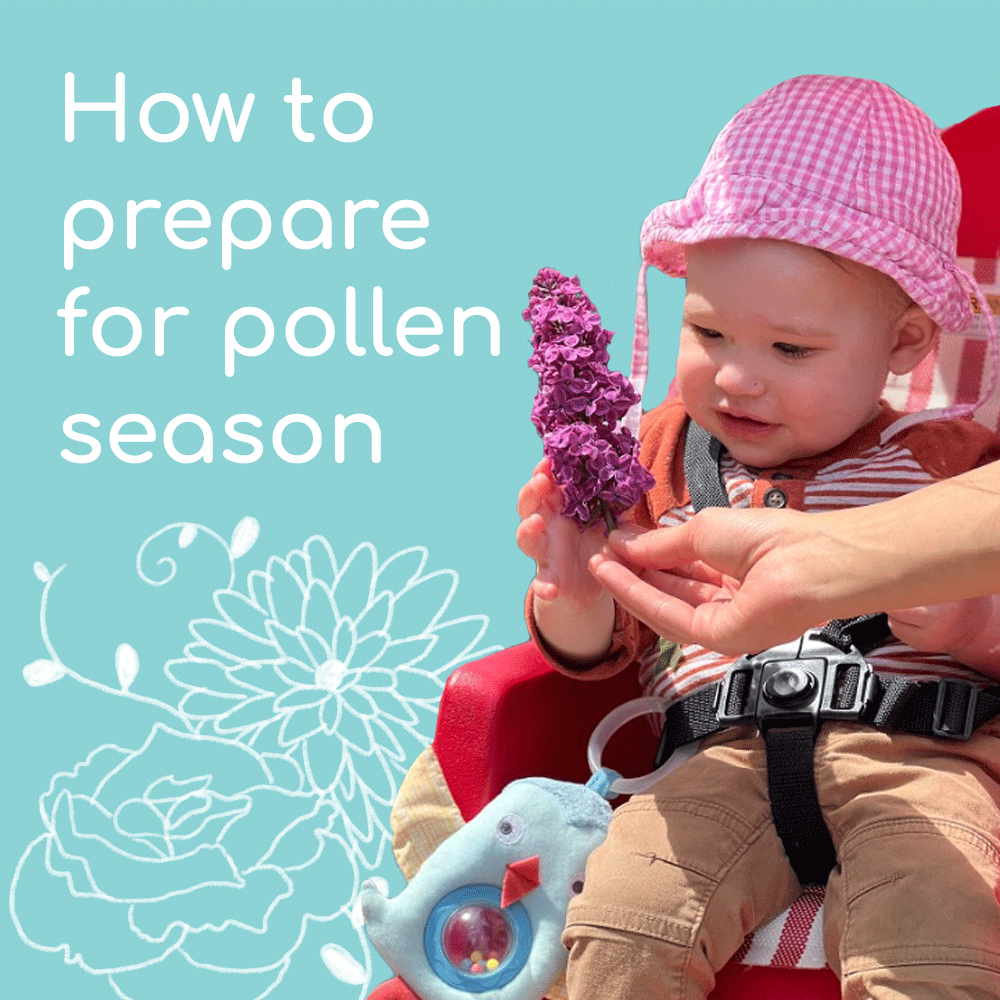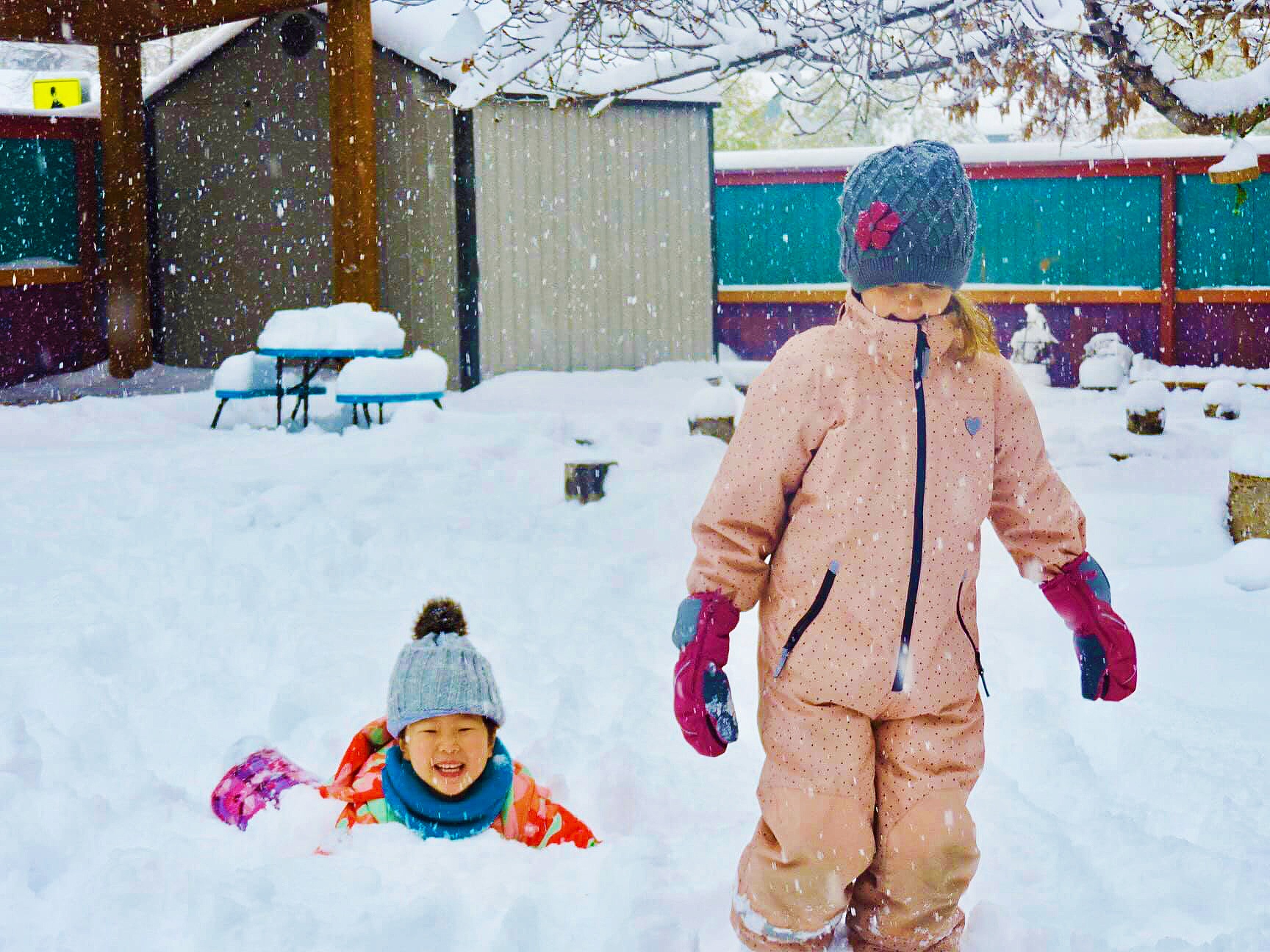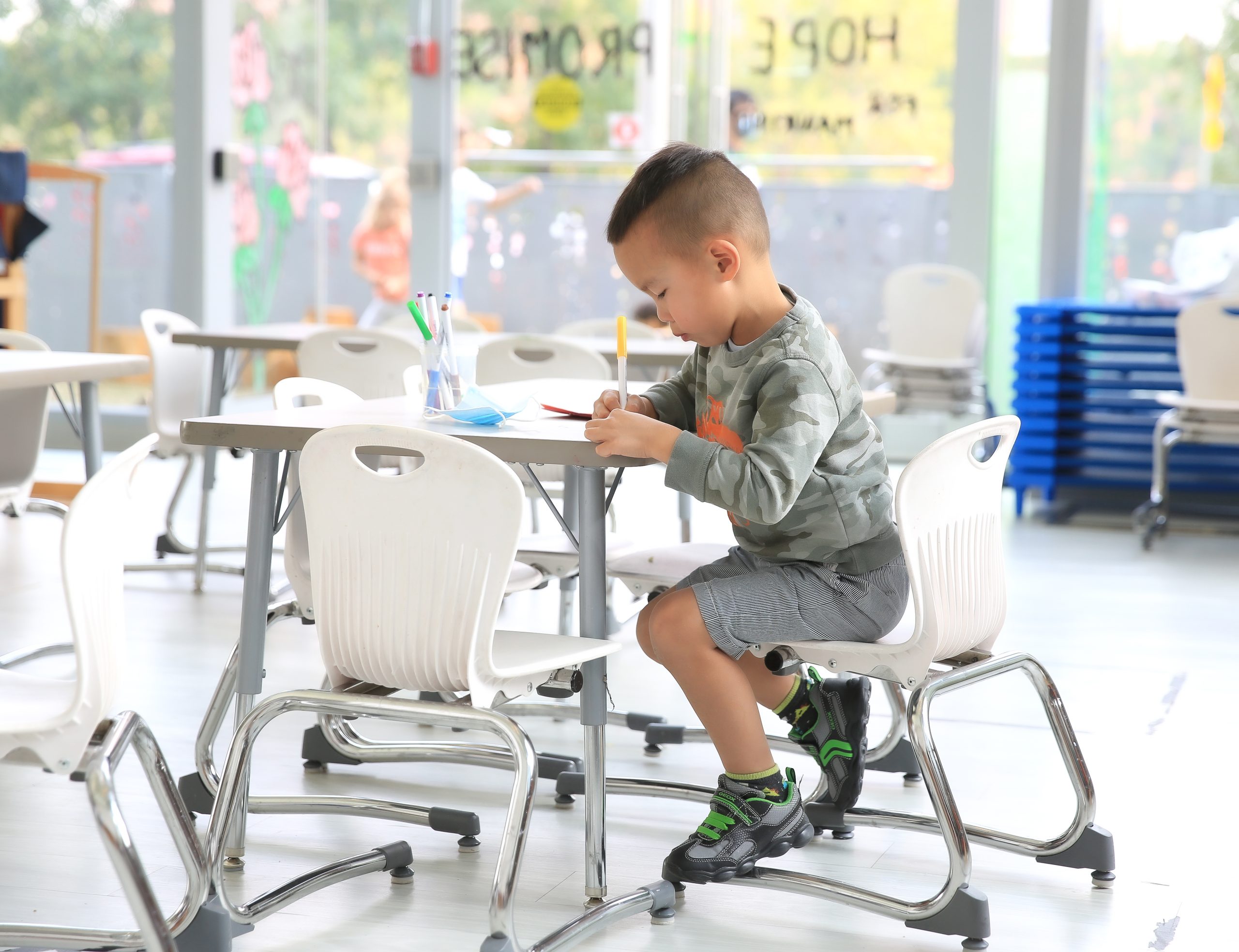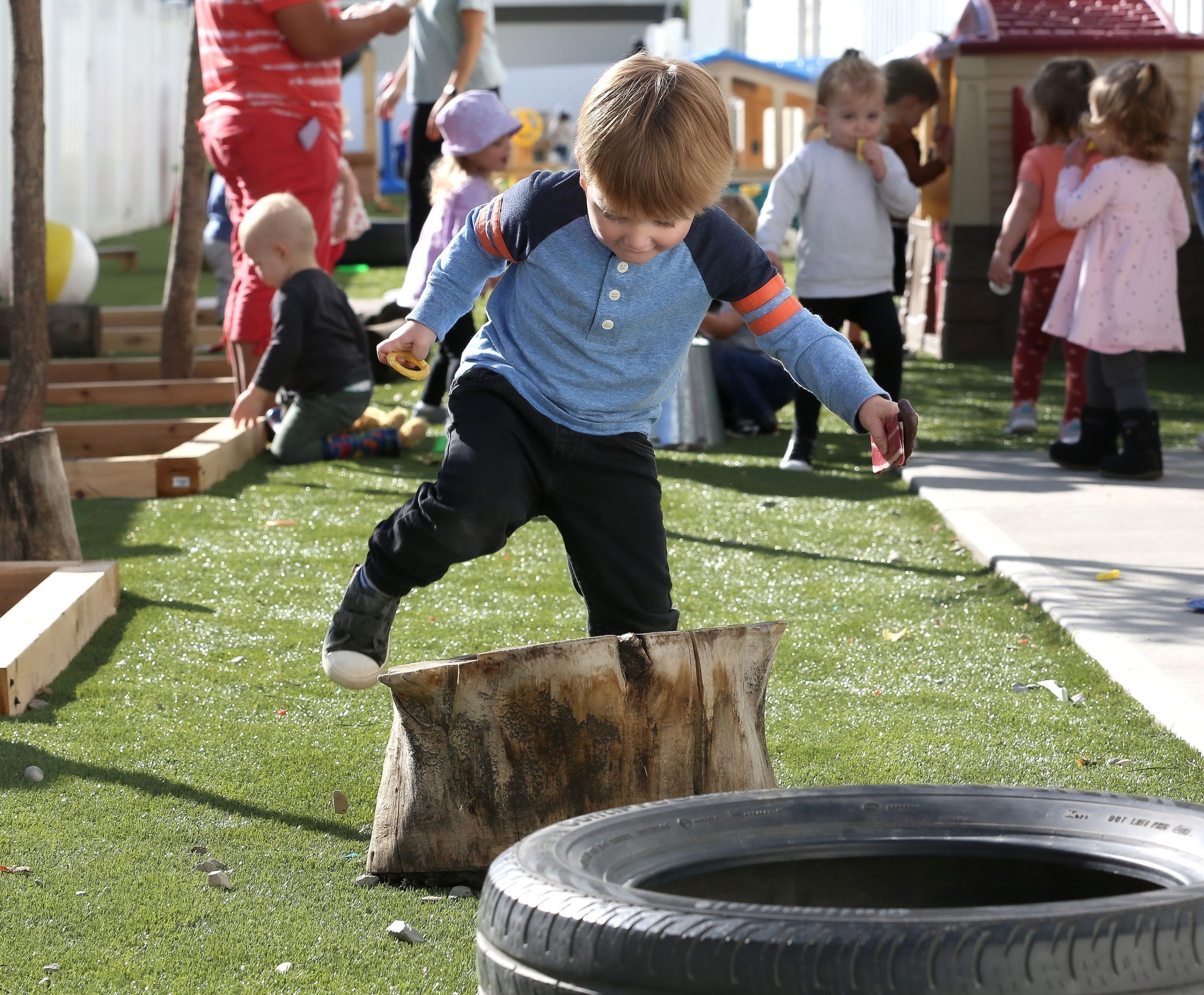Winter can make it challenging for parents to keep toddlers physically active, especially in Canada, where temperatures often plummet below freezing. Maintaining a child’s physical and mental activity is crucial for their overall development despite the weather. Incorporating movement-based activities such as yoga into a child’s routine can be a simple yet effective way to keep them engaged and thriving during the colder months.
Supporting Physical Growth Through Movement
Indoor movement activities, such as toddler indoor exercises, promote essential physical development. Yoga, in particular, combines controlled movements and balance, which can improve a child’s flexibility, coordination, and motor skills. These movements also encourage muscle strength and posture improvement, which are essential during a child’s formative years.
Simple routines, such as stretching and holding basic poses in a cozy living room, provide structured activity without requiring large spaces. These exercises can be seamlessly added to everyday routines, helping toddlers expend energy and stay active while indoors.
Encouraging Cognitive Development with Yoga
Yoga isn’t just about physical activity; it enhances cognitive development. Activities like yoga pose for preschoolers engage memory, attention span, and listening skills as children follow instructions and mirror actions. When toddlers focus on replicating poses demonstrated by adults or siblings, they strengthen their concentration and problem-solving abilities.
At Fueling Brains Academy, yoga is a part of regular learning sessions, helping children transition between lessons and retain focus. Implementing yoga at home during moments of high energy, such as after dinner, can also help regulate emotions and prepare children for calm transitions like bedtime.
Enhancing Social and Emotional Skills
Physical activities, especially interactive ones like yoga, foster emotional and social growth. Practicing yoga poses at preschool encourages toddlers to share, take turns, and communicate effectively. Movement-based activities performed together strengthen family bonds while teaching important social skills.
When toddlers participate in yoga with parents or caregivers, they share an experience of connection and trust. Group yoga activities can also help children understand empathy, teamwork, and patience—skills that are foundational for early social development.
Simple Yoga Poses for Toddlers
Introducing yoga doesn’t require special equipment or advanced skills. Some simple poses can be practiced easily at home, even by beginners. These are a few poses that toddlers enjoy:
- Butterfly Pose: Improves hip flexibility and is easy for toddlers to mimic.
- Tree Pose: Encourages balance and focus while standing on one leg.
- Cat-Cow Pose: Enhances spine flexibility and coordination with breathing.
- Downward Dog Pose: Helps stretch the whole body and build arm strength.
- Child’s Pose: A relaxing pose that soothes the mind and stretches the lower back.
Practicing these poses regularly, especially in a familiar indoor setting, can make yoga an enjoyable and beneficial routine for young children.
Benefits of Indoor Yoga for Emotional Regulation
During winter, when outdoor activities are limited, toddlers may experience restlessness or frustration. Yoga provides an excellent way to channel their energy positively. Guided breathing exercises, incorporated into yoga routines, help children learn how to calm their minds and manage emotions.
By setting a soothing atmosphere with blankets and calming music, caregivers can transform a living room into a nurturing space for yoga. These moments of mindful movement can be particularly effective after energetic activities or when preparing toddlers for quieter times like naps or bedtime.
Practical Tips for Incorporating Yoga at Home
To make yoga at home joyful and stress-free activity, follow these practical tips:
- Create a Dedicated Space: Clear a small area in the living room, lay down blankets or mats, and minimize distractions.
- Keep Sessions Short: Limit yoga sessions to 10–15 minutes to match toddlers’ attention spans.
- Use Visual Aids: Demonstrate each pose clearly or use simple picture guides to help toddlers understand.
- Make It Interactive: Encourage toddlers to name the poses or create animal sounds for poses like Downward Dog or Cat-Cow.
- Maintain a Routine: Integrate yoga into daily routines, such as morning stretches or wind-down activities.
These adjustments can help make yoga a consistent and enjoyable part of your toddler’s winter activities.
Why Choose Fueling Brains Academy?
Fueling Brains Academy understands the importance of nurturing a child’s growth through well-rounded activities. Yoga sessions are integrated into the curriculum across different learning areas, combining movement, focus, and relaxation. The academy’s approach supports physical, cognitive, and emotional development while creating a foundation for lifelong healthy habits.
At Fueling Brains Academy, every activity encourages a child’s natural curiosity and fosters their overall well-being. From group yoga to interactive play, children are given the tools to thrive, regardless of the season.
Key Takeaway
Fueling Brains Academy provides a supportive environment where children can grow through innovative indoor activities, even during winter. Learn more about how movement-based learning, like yoga, is integrated into the curriculum to support your toddler’s development. Contact Fueling Brains Academy in Canada to explore programs tailored to your child’s needs and schedule a visit today.


























